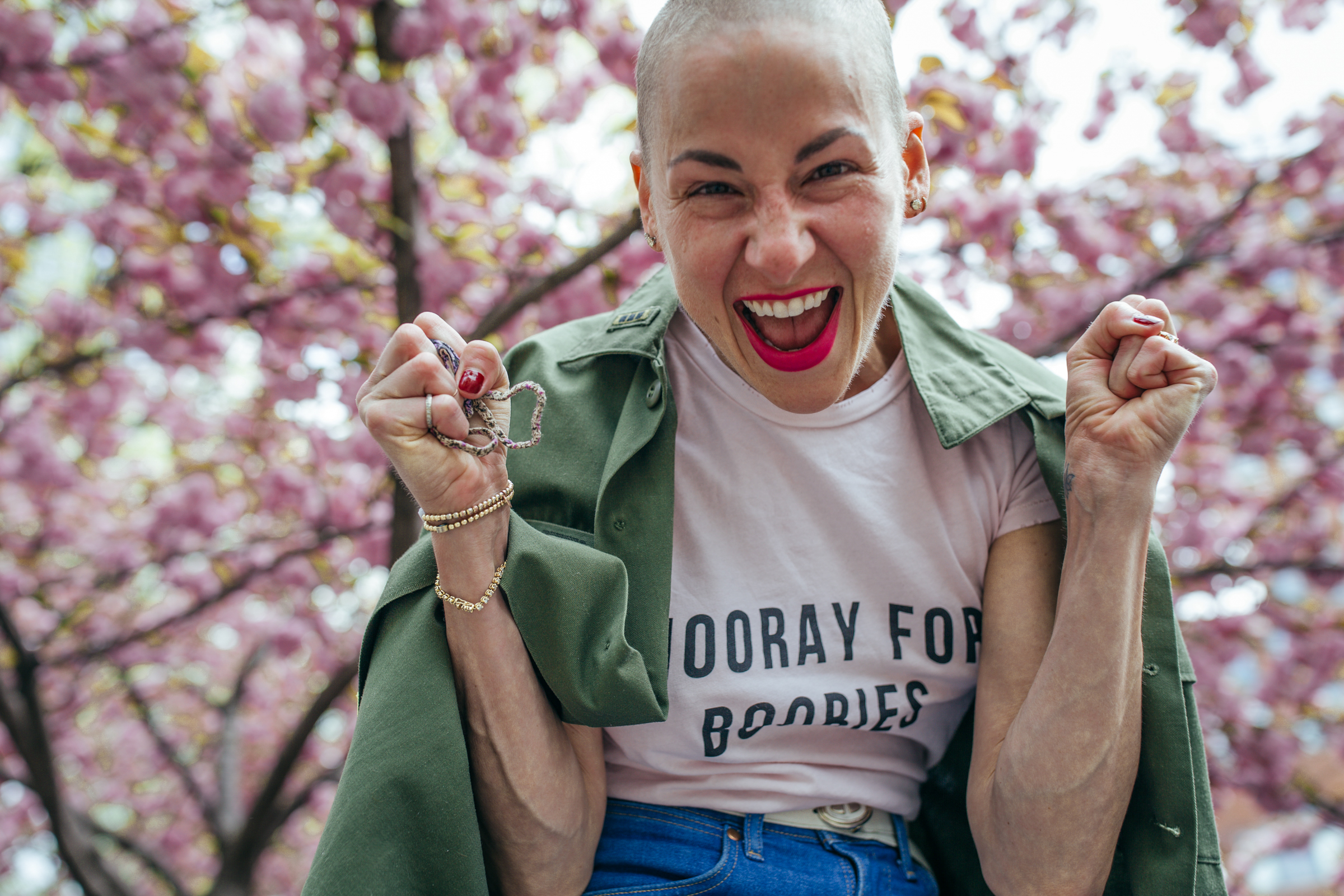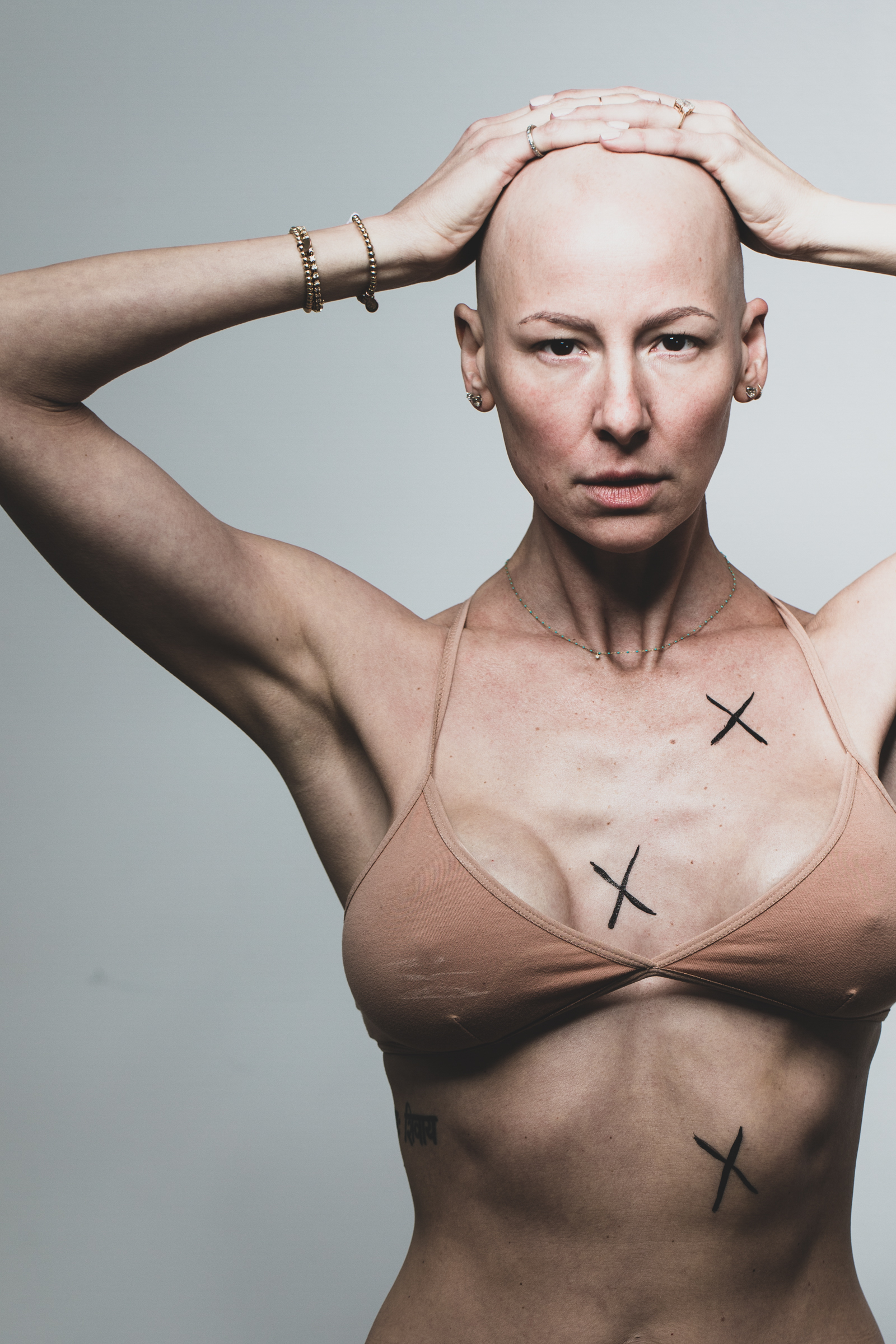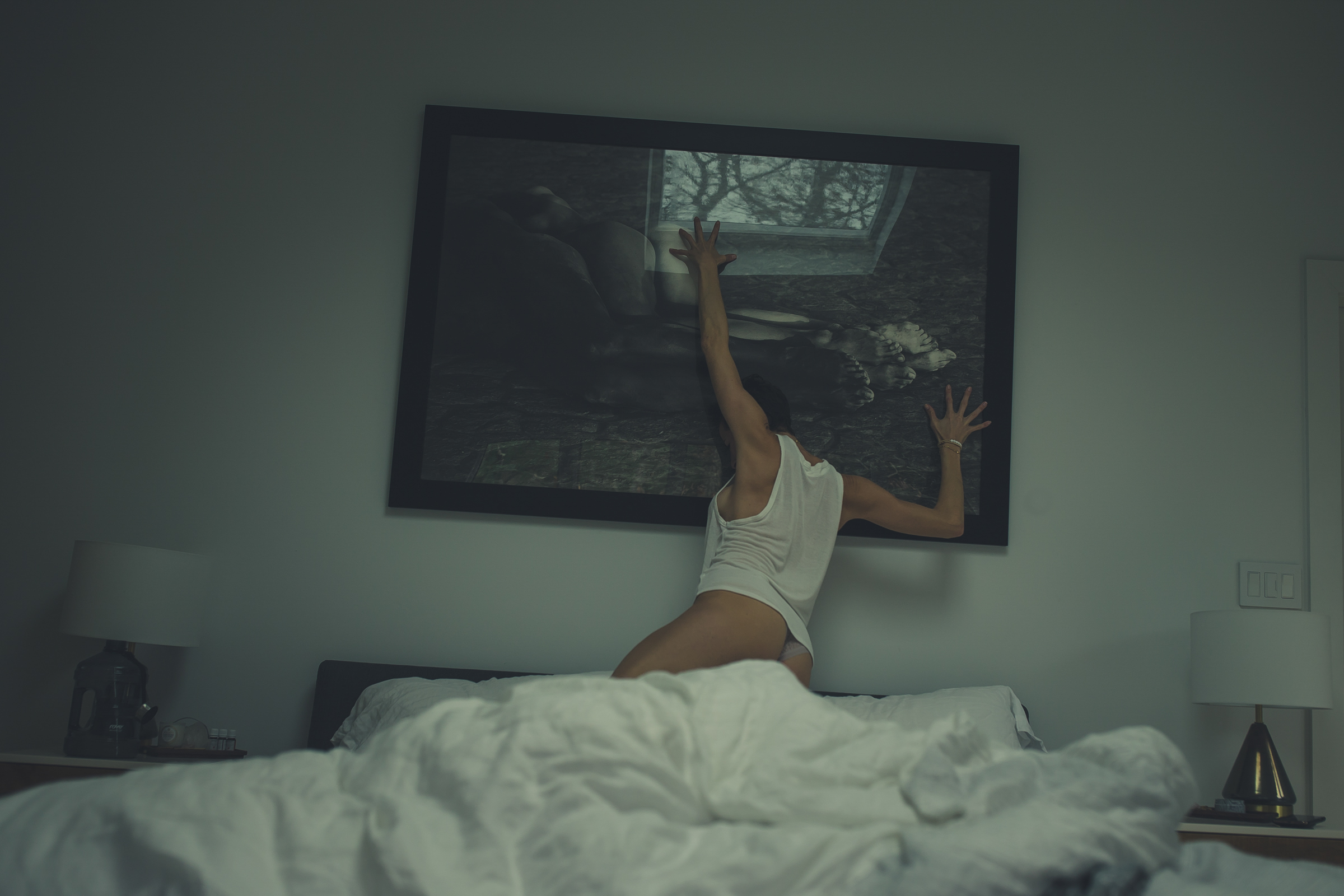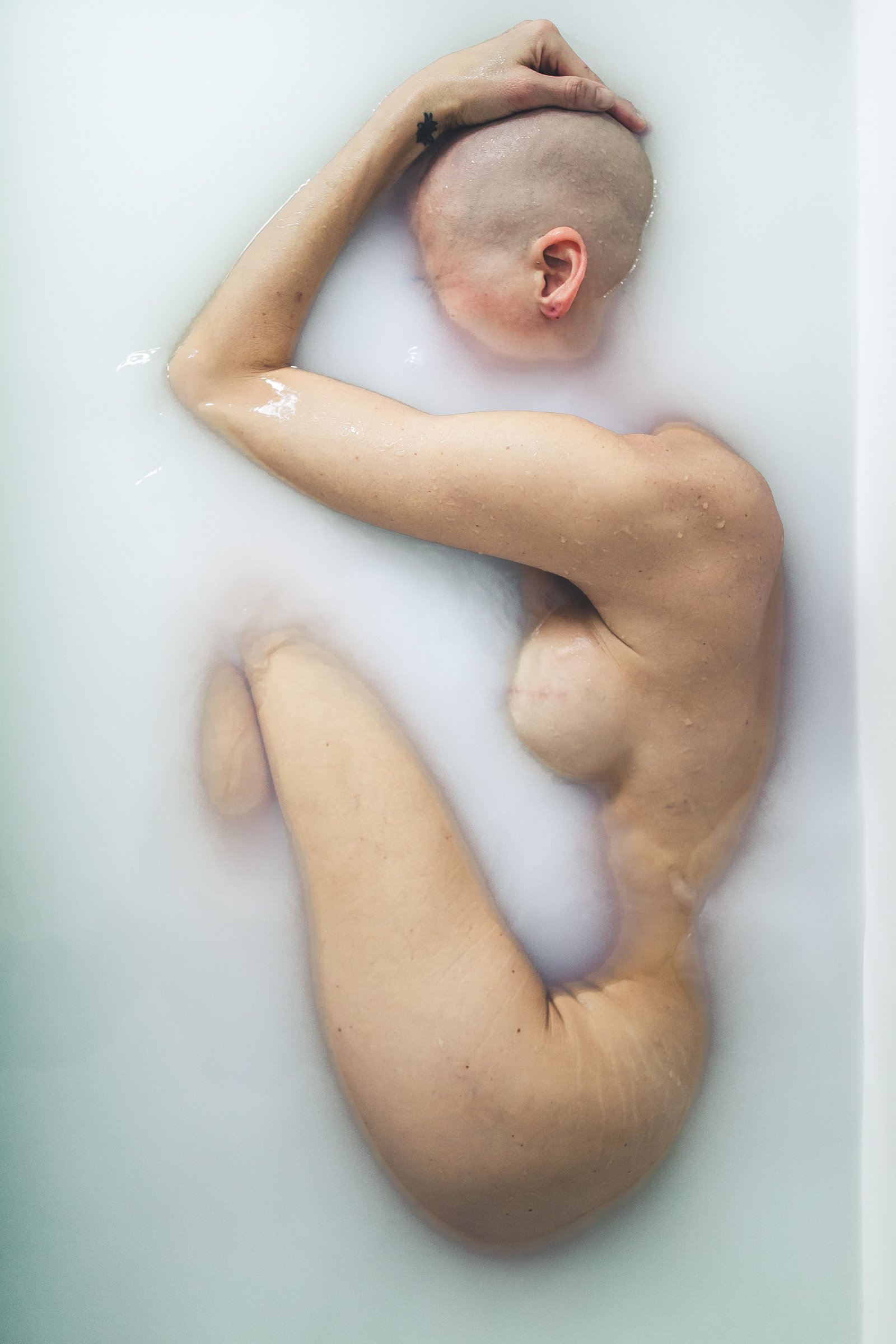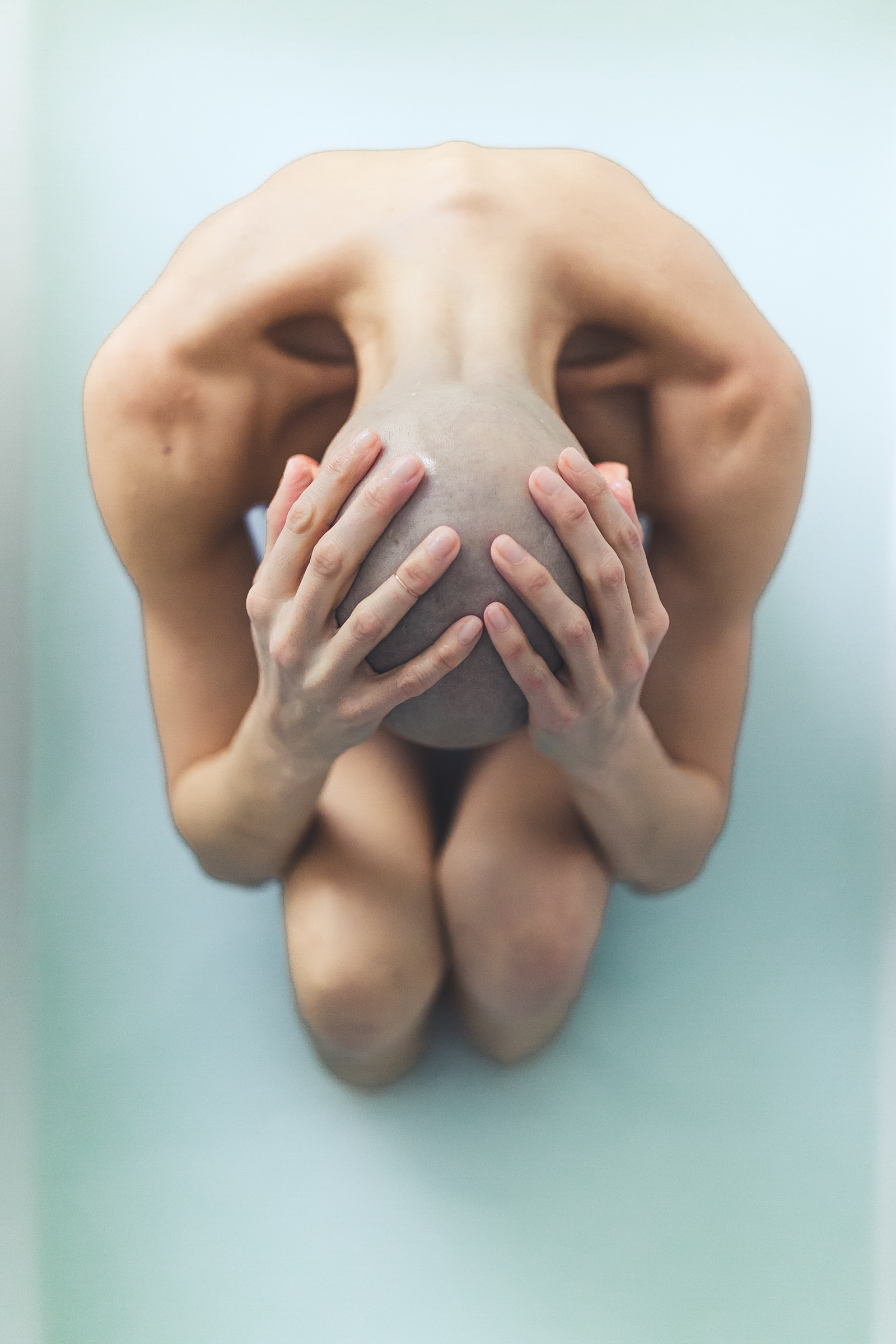Share
An Intimate Telling of One Patient’s Battle with Breast Cancer
Breast cancer is the most common cancer globally as of 2021, accounting for 12% of all new annual cancer cases worldwide, according to the World He...

Breast cancer is the most common cancer globally as of 2021, accounting for 12% of all new annual cancer cases worldwide, according to the World Health Organization. About one in eight women in the United States will be diagnosed with breast cancer in her lifetime. (And about 1 in 800 men will be diagnosed as well.)
But what does breast cancer and its treatment really look like? More specifically, what does it look like to get breast cancer in the age of COVID? Most often evoking pictures of scared patients in hospital rooms and images of chemo treatments in clean, bland medical facilities, that doesn’t even come close to telling the full story.
New York-based photographers Iri Greco and Jim Fryer, the team behind BrakeThrough Media, first met former Broadway dancer turned yogi Sarrah Strimmel on a shoot for lululemon in Montauk, New York. Having connected so easily during the shoot, they stayed connected through social media afterward and it was there that they learned of Sarrah’s breast cancer diagnosis.
“Sarrah had cancer in her left breast and decided to remove them both. She posted deep, unedited, uncensored stories about chemotherapy and breast reconstruction that took my breath away,” Iri told The Luupe. Greco reached out to Sarrah soon after. “I told her these stories were so important and empowering, and that if she ever felt like documenting what she was going through, Jim and I would be honored to do anything. She wrote back immediately.” That’s how the.embodiment was born.
I, too, was moved by Sarrah’s vulnerability and forthrightness, as well as the intimate retelling of her journey Iri and Jim were able to achieve. Both longtime PhotoShelter members, I reached out to learn more about the.embodiment and how it all went down.
This interview has been lightly edited for clarity and length. All photos by Iri Greco / Jim Fryer / BrakeThrough Media.
PhotoShelter: Where did the.embodiment come from? (Both the project itself and also the name.)
IG: The project developed almost organically when our friend, Sarrah, started posting about her breast cancer diagnosis on Instagram. The way she was sharing stood out to me because of the rawness it expressed, it was naked and vulnerable, rather than pink bows and before-and-after snapshots. It was happening in real-time and it was messy. I initially reached out to her and asked if she wanted to document any of the process as a cathartic or historic record and she immediately responded with “YES! When can we start?”
That is how Jim and I began the project with Sarrah. Our first meeting was a portrait shoot of her with her newly short-cut hair and a 2 hour sit-down brainstorm session on what we were about to take on. The name came a bit later after we tossed possible titles around for weeks, searching for the right fit. In the end “the.embodiment” was the one name that seemed to convey the magnitude of what we were doing and what she was undergoing, both physically and emotionally.
In your video, I love how you mentioned asking yourselves what you wanted to convey and had a goal of creating a visual language around the project. Can you talk about that process a bit more?
IG: For Jim and myself, the visual language was key since during Covid there were endless moments we would not be able to be there for. For example, chemo treatments in the hospital, doctor appointments, etc. We knew we had to create the story part in recreating moments and part in conceptualizing them. This meant we had to invent the look of it ahead of time rather than focus our energy on documenting what was already there.
For the three of us, it was about conceptualizing a quasi-dreamstate, or quasi nightmare, by showing how she was changing in body and heart. So much of that was informed by talking to her – What are you feeling now, Sarrah? What is that like? What was yesterday like – what thoughts and feelings are you having when such and such happens? We would discuss all this and then plan how to represent it in photos.
What advice do you have for photographers looking to get their personal projects published?
IG: Great question, we’re looking for feedback on that as well! We would love to have this work more fully featured and published and understand that is one of the challenges of personal work – how to get eyeballs on something you have birthed and sweated over. I’ll let you know when we get to that point. But in the meantime, that question can’t necessarily be at the forefront of your objective.
The work and narrative must come first. Keep your focus there and be true. Because one thing we wrestle with is how not to create work that gets published since that will inherently cloud your judgment and choices. Instead, create the work that you are meant to create, and hopefully a larger audience will appreciate it as well.
Iri Greco
You and Jim primarily photograph fitness and sports, how has that work impacted this project?
IG: Yes, our work is 60% sports and fitness. The other part is food and portraiture. As far as sports and fitness, it has impacted this project in many ways. First off, we know Sarrah from photographing her as a yogi and lululemon ambassador so, in the most fundamental way, it is completely linked to our client work. Secondly, the way we “see,” understand, and visualize the body is infused with that approach. We were in many ways capturing Sarrah as she went through a physical metamorphosis, a shape-shifting body in space and time, very much like an athlete putting themselves through endurance training, through suffering, and through personal wins and losses.
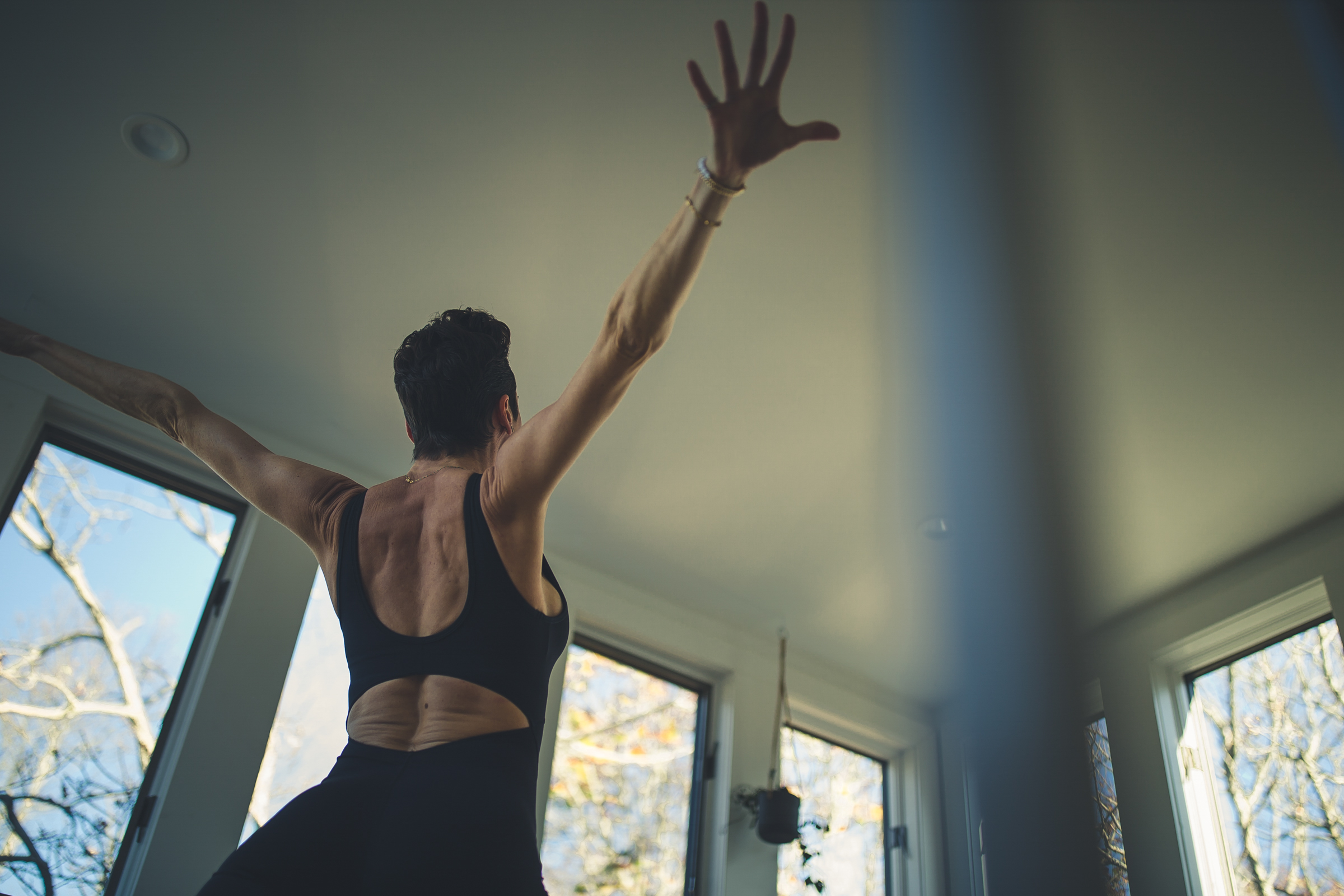
the.embodiment Instagram description reads, “Visual invitation into a breast cancer journey asking: How do you embody a foreign body? + How do we bear witness?” What do you mean by “visual invitation?”
IG: For us the idea of a photo essay wasn’t quite what we were doing. We were in effect creating a visual journal that Sarrah could invite people to enter and engage with. The images we created are paired with deep captions, oftentimes revealing a larger piece of her story. The notion was that we were building something in 3-D rather than a series of photos. And that story was what helped her invite others in.
How did COVID affect your project?
IG: Covid presented challenges that would not have even been a factor in normal times. We absolutely could not be physically present during so many crucial moments: her first and last chemo; her meetings with her doctors and plastic surgeons; her first and last radiation. Even regular and constant gathering together to shoot was a bad idea during Covid as her immunity was compromised and we started the project long before the vaccine roll-out. We had to ensure we all felt we could work together safely.
Additionally, since she wasn’t teaching yoga in a studio during Covid, she spent much of her time out in the Hamptons rather than in the city so she was not always nearby. But the flipside to that is that it forced us to craft the visual narrative from scratch rather than rely on documenting and that was a blessing in disguise.
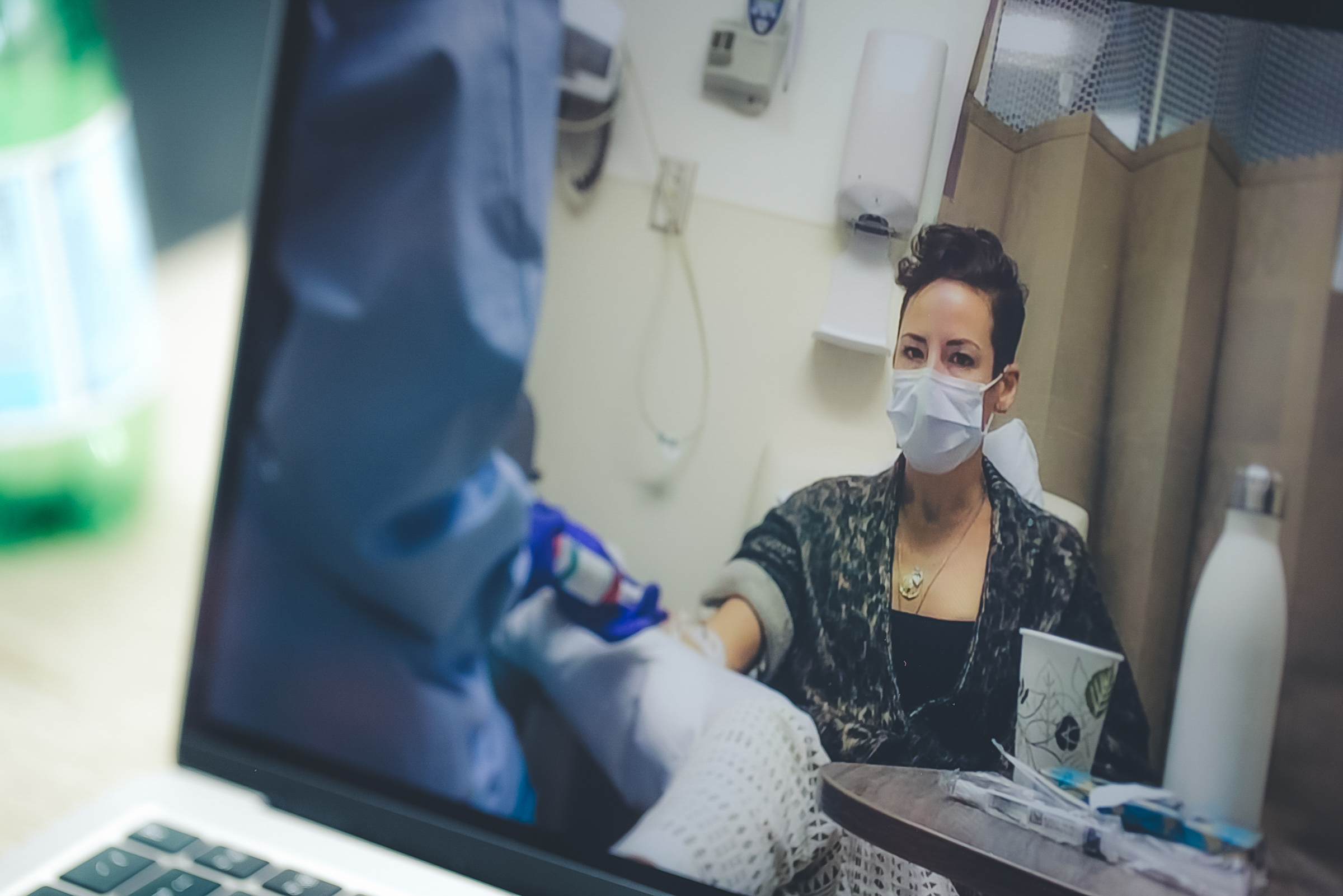
You talk about emotional GPS and wanting to translate between inner and outer reality. How do you think photography helps with that in particular?
IG: We tried to convey feelings and emotions rather than scenes of what she was going through. For example, we discussed some of the side effects of chemo being constipation and how she would sometimes sit for hours on the toilet. The way we captured it is emotionally evocative rather than crudely literal.
Another example was how we tried to illustrate her insomnia and how she had to spend days and days in bed but she felt like she was climbing the walls. Another example is the series of images in the milk bath after she lost most of her body hair. Although she was weak, and sick, and losing weight and hairless she described feeling also like the sexiest, most nubile creature – like a serpent and a primordial being at the same time. That was such a paradox, we had to find a way to show that contradiction.
Anything else you’d like to add?
IG: We would love any feedback on opportunities to show this work to a larger audience. So, if anyone has ideas or leads of how to accomplish that, please reach out!
To learn more about the.embodiment, check it out on Instagram (@the.embodiment) and watch the video below. You can see more of Iri and Jim’s work at BrakeThrough Media.
Sarrah, now a proud breast cancer survivor, continues to tell her story on her Instagram. Most recently, she started A Damn Good Life, a nonprofit that brings the gift of a total surrogacy journey to young breast cancer survivors and their partners.
